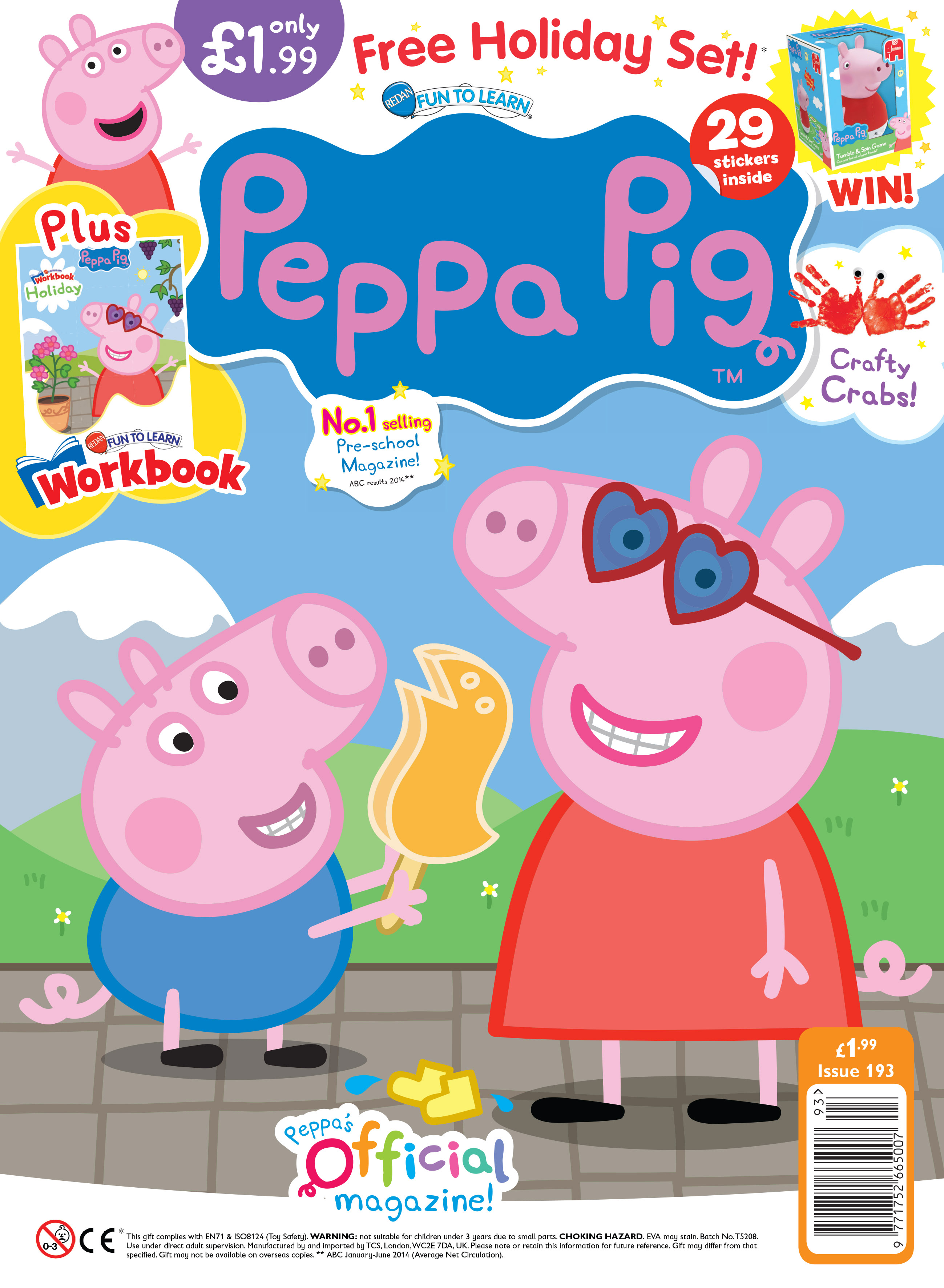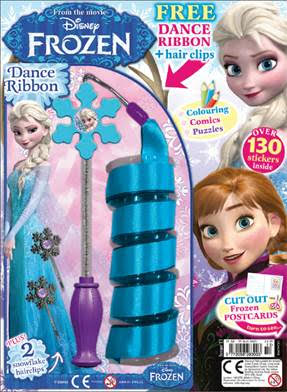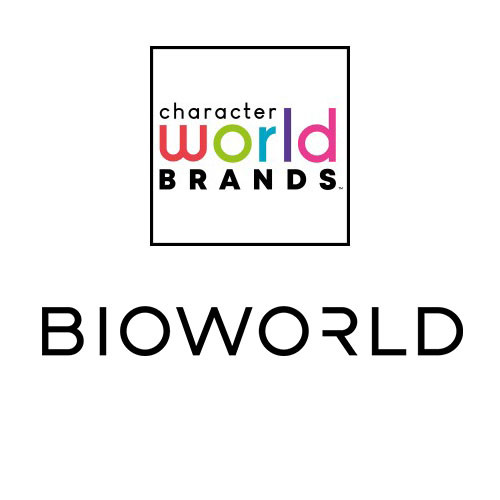David Riley shares his views on the developments over the past 12 months.
Compared to toys, or even books, the children’s magazine industry is relatively small, delivering around £123m in 2015 year on year.
Performance has been relatively stable in the last few years, but this is in stark contrast to the magazine industry as a whole, which has seen a general decline. Kids’ magazines have proved themselves to be a strong and stable part of the licensing portfolio.
Four of the biggest players in the UK are Immediate Media, Egmont, Redan and DC Thomson. Immediate Media is the market leader with over 30% of the market and a business built around a long-standing relationship with the BBC, magazines such as CBeebies and LEGO Chima and an impressive range of titles for grown-ups.
Egmont’s business is based on close relationships with Disney, Mattel and HIT, and a network of European companies that enables it to go global with international brands.
Redan is an expert in preschool, best known for its outstanding editorial content across a portfolio of brands, including Peppa Pig and the Fun to Learn titles; DC Thomson is the publisher of The Beano, but has recently signalled its commitment to licensing with the recent acquisition of rights to Thunderbirds, Danger Mouse and Twirlywoos.
Children’s magazines are divided into sub-sectors – preschool, boys and girls. Preschool is the biggest sector by far – and the most fought over, with many new launches, but so far in 2015 it’s in decline year on year. The boys segment is doing well, mainly due to Immediate Media’s launch of LEGO Ninjago. The girls’ market is also up, mainly driven by Egmont’s launch of a Disney’s Frozen magazine (which went straight in at the top) and by Immediate Media’s LEGO Friends title.

As a licensing category, magazines are often lumped together with books by licensors, which prompts the question ‘Are magazines really that important to licensing?’ What’s so different about them and what do they bring to the party?
The similarities between books and magazines are pretty obvious… but the differences as far as licensing is concerned are significant and sometimes overlooked. The first is that magazines are not particularly seasonal – a successful magazine will deliver a relatively stable revenue stream throughout the year (very handy in the dark days of January and February).
Secondly, the relationship between a child and a licensed magazine is a direct relationship – rather than one that is filtered by parents. Parents are supportive – they see the entertainment and educational value of magazines – but (within parameters) they tend to allow children to choose their own titles. Kids demonstrate their loyalty to a brand by choosing their own magazine and they re-affirm that loyalty every month.
The third big difference is that properly managed brands can have huge longevity in magazines, still performing long after other product categories, and other brands have declined or died.
Pauline Cooke, publishing director of Immediate Media shares her views on the how and why: “Launching a single branded title is an expensive and risky venture and as we all know in licensing no one can hand on heart predict what’s going to be a runaway success, so committing to a launch is all about taking an educated risk. Popular brands, carefully managed, can deliver a high lifetime value to rights owners, publisher and retailers.
“But longevity relies on always delivering ‘on brand’ editorial and gifts, so that you can maximise their potential. Something Special, In the Night Garden and Octonauts are all in the Top 10 of preschool titles after other brands have come and gone.”
The fourth difference is about price and re-usability. In spite of a general rise in pricing over the last five years, magazines still remain a relatively cheap purchase for consumers, and what’s more – they are reusable. Of course other products – books, toys and apparel are reusable too, but as an inexpensive, mass media platform for advertising for licensors and their merchandise, magazines have no equal.

In the kids’ sector magazines are still seen as a real entertainment option for children. As Helen Stables, marketing director, magazines, Egmont Publishing comments, “It does seem that even when times are hard and family budgets are under pressure, parents still see magazines as good value and a great way to get their children reading, as well as satisfying a child’s desire to spend quality time with their favourite character or brand.”
That’s not to say that the market isn’t competitive. It is. The number of new launches has increased dramatically in the last 12 months, a reflection of the huge number of properties to choose from in the entertainment sector.
As Julie Jones, joint md of Redan elucidates: “With so many channels of media consumption today’s children have a vast array of characters to follow and a huge number of methods of engaging with them…(but) while they might want to play the app and see the film, that doesn’t stop them from also buying the magazine.”
The upside of this plethora of new brands is that it provides a constant stream of content for compilation magazines, such as Redan’s Sparkle World and Fun to Learn titles and Immediate Media’s CBeebies magazines. These are all among the strongest titles in their categories. Good covermounts and high quality content are behind their ongoing success, but surely their continuing appeal is driven by the fact that they remain relevant, mixing popular new brands with time-honoured classics.
On the other hand a key challenge (though of course a nice challenge to have) is created by the range and diversity of opportunities. In such a crowded market how does a publisher identify winners; separate the wheat from the chaff? Of course there’s a degree of luck involved, but it’s also about the radar network.
In Julie Jones’ view: “Having a mainstream broadcaster is going to become less and less important for new properties such as VOD, gaming, apps and internet channels come to the fore, which means that you never know where the next big thing is coming from, but being there first when it does emerge is going to be crucial.”
It’s certainly going to be an exciting 12 months ahead, with plenty of new brands – Hey Duggee and The Clangers from Immediate Media, Teletubbies and LEGO Star Wars from Egmont, Twirlywoos and Danger Mouse from DC Thomson. But there’s a consensus that this is just the tip of the iceberg. As Julie Jones says, “the number of children’s characters is going to increase and the competition is going to grow for all involved in the children’s licensing sector.”
David is an independent publishing and licensing consultant and agent specialising in book and magazine publishing. Contact him at Davidianriley16@gmail.com for independent advice.





























